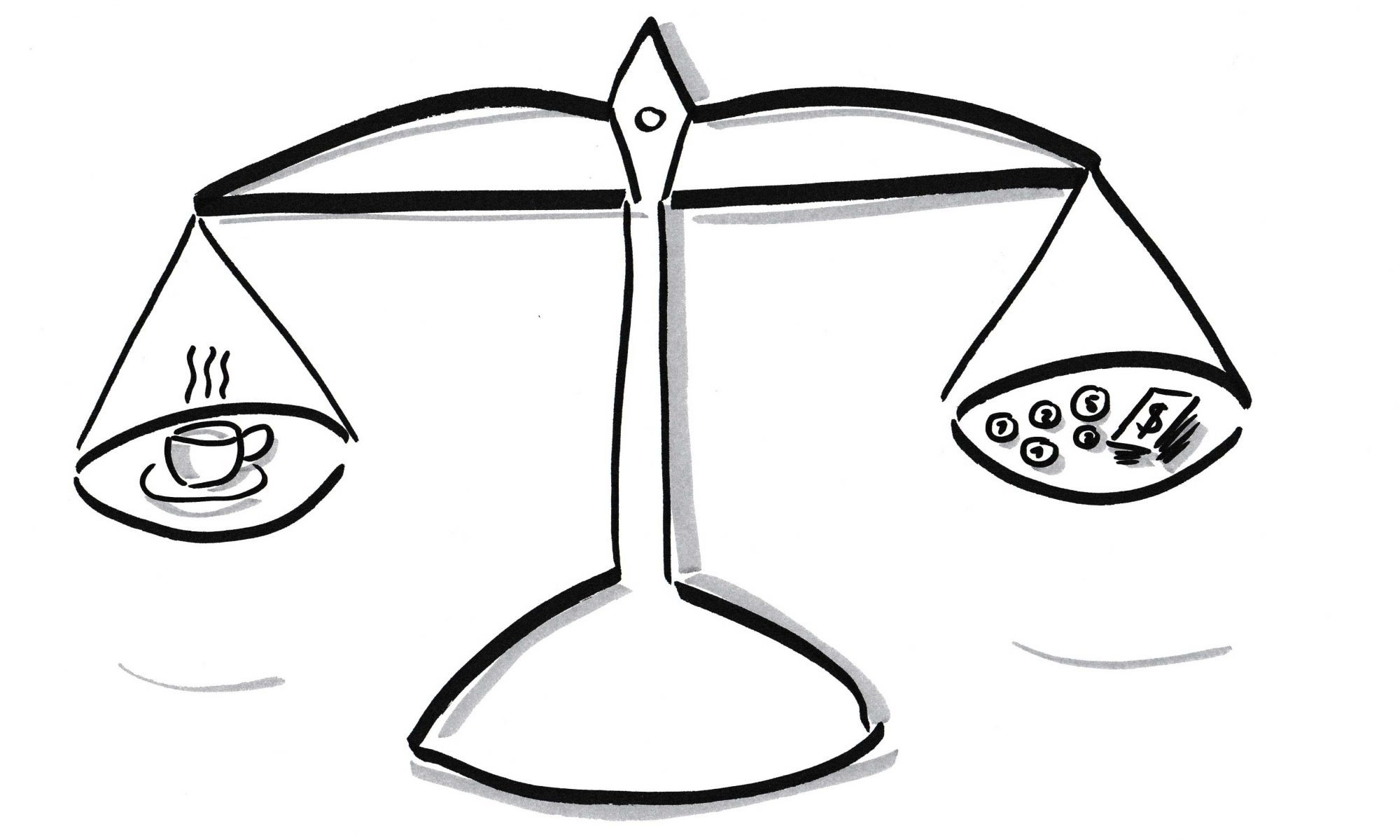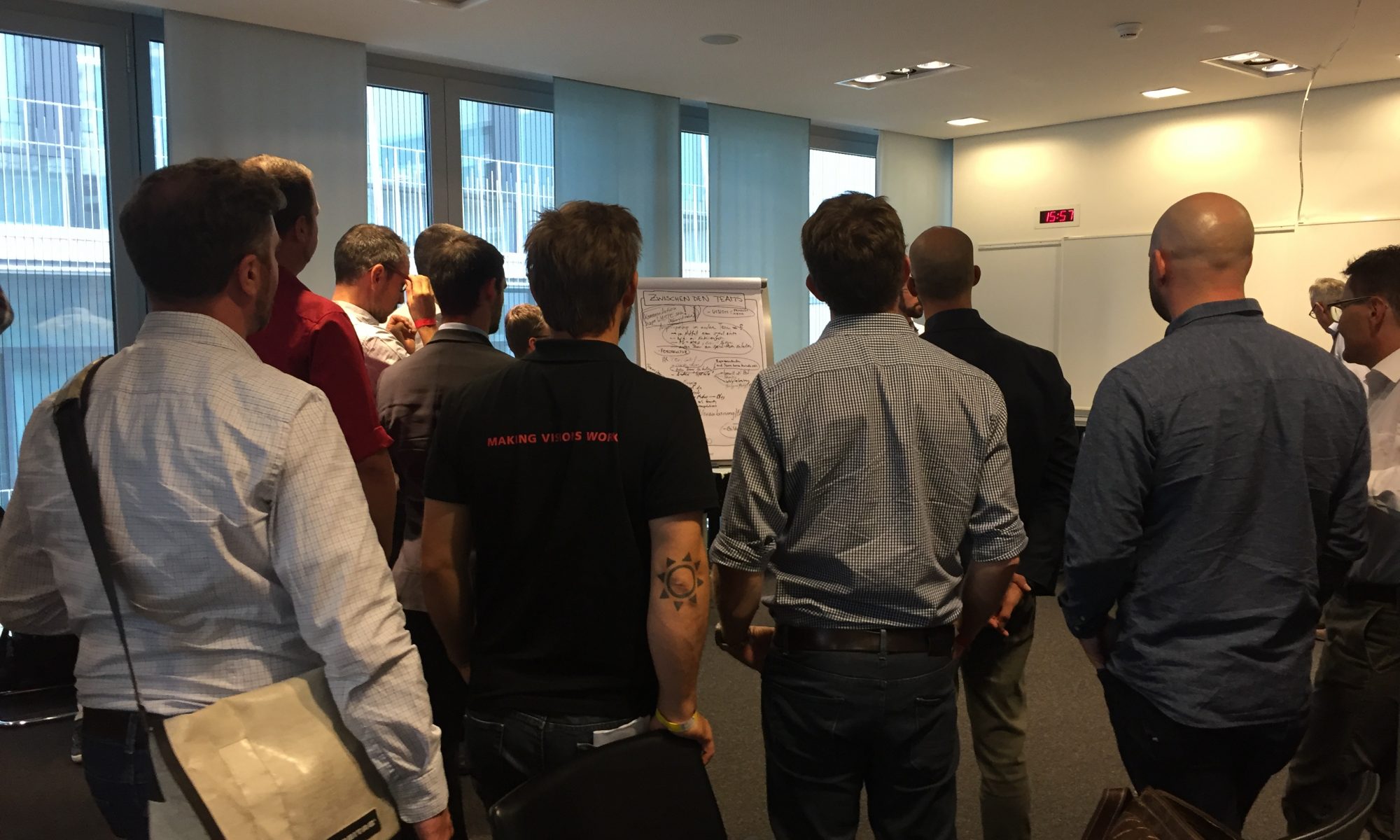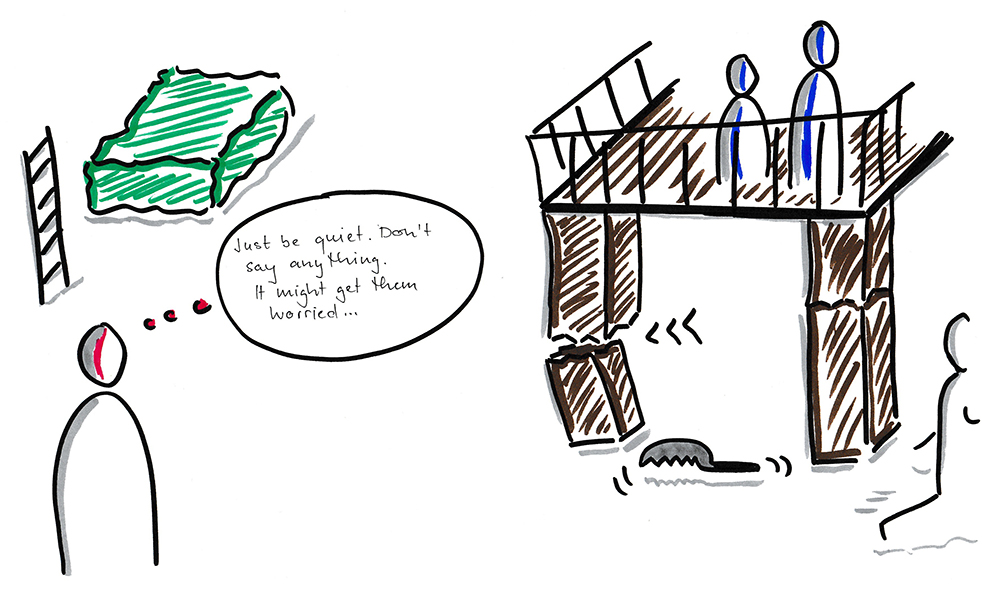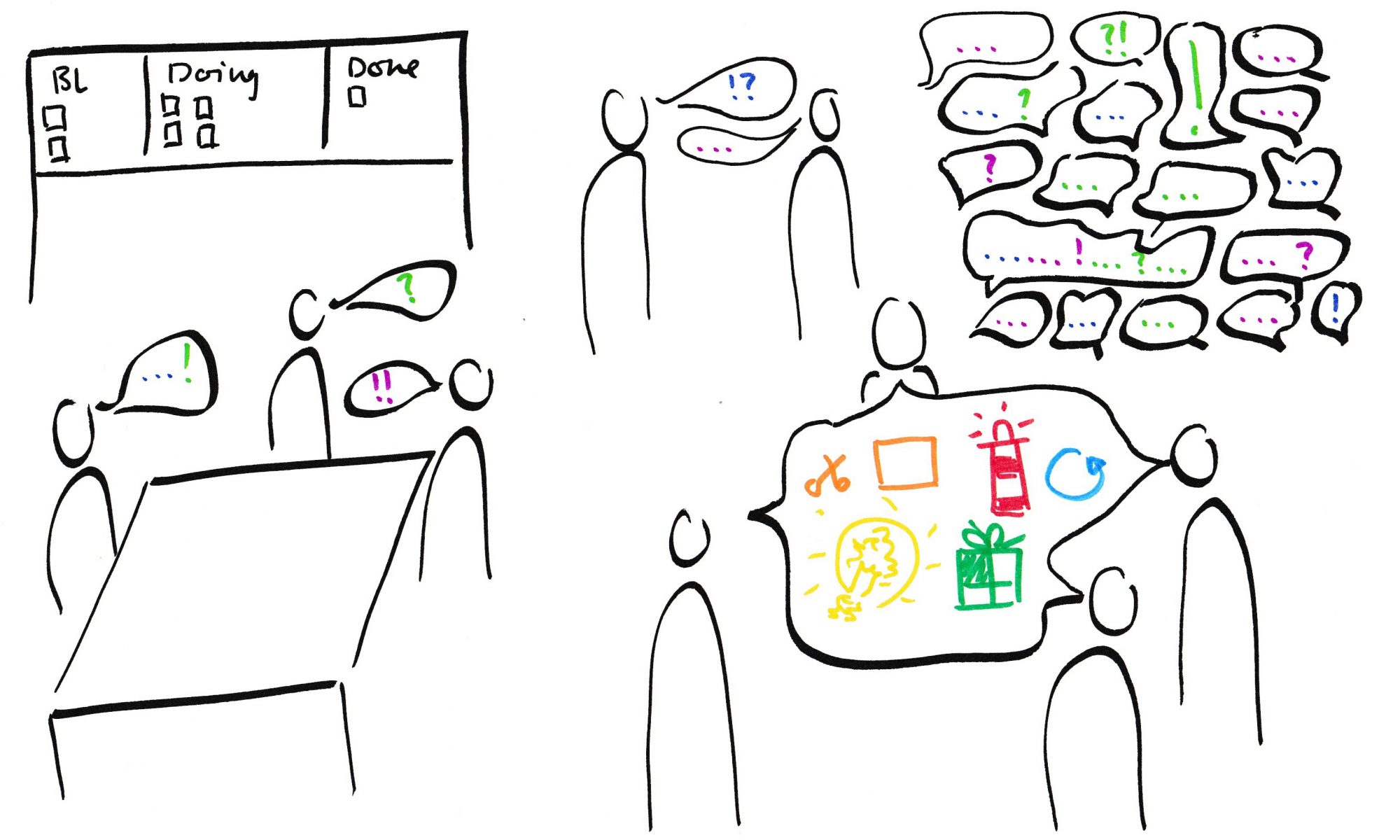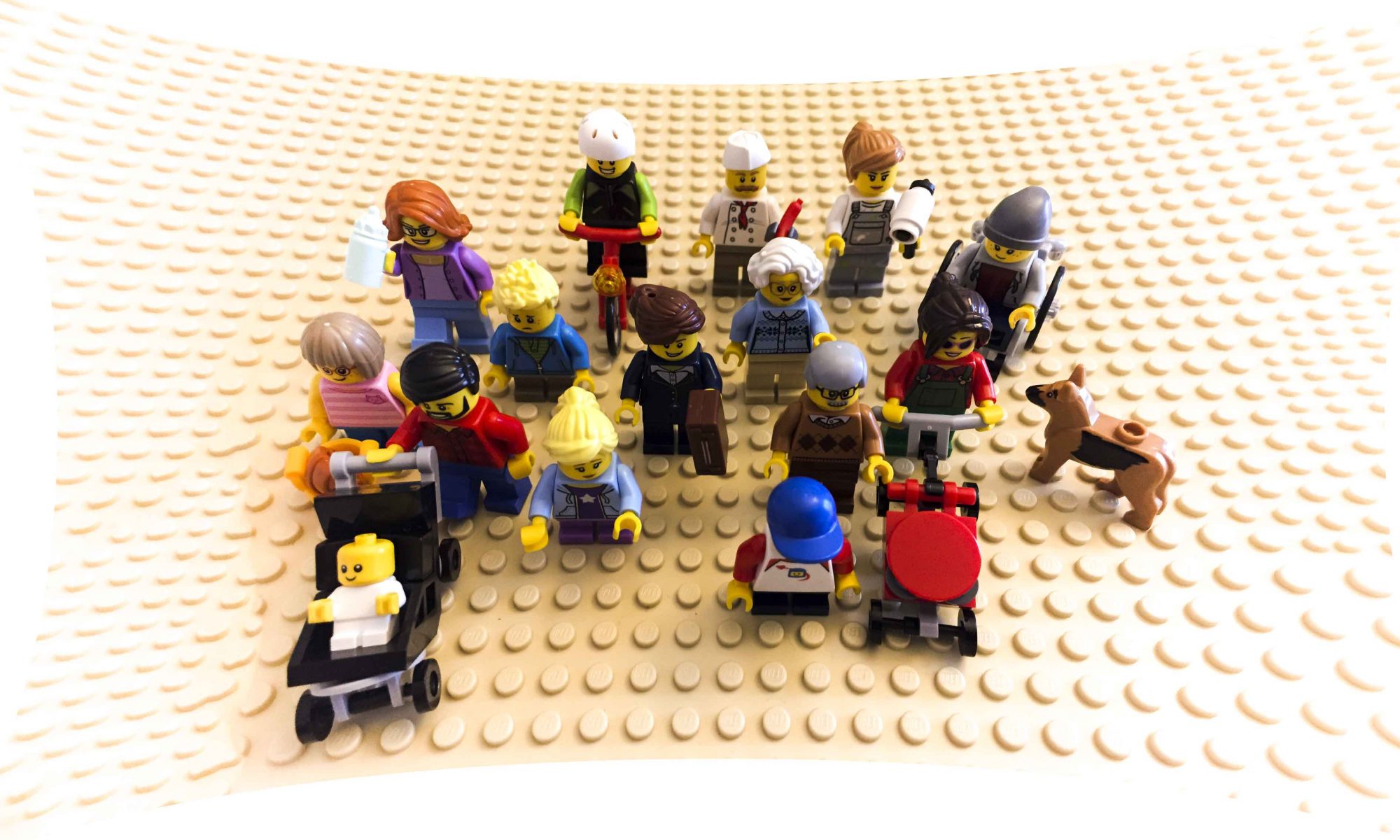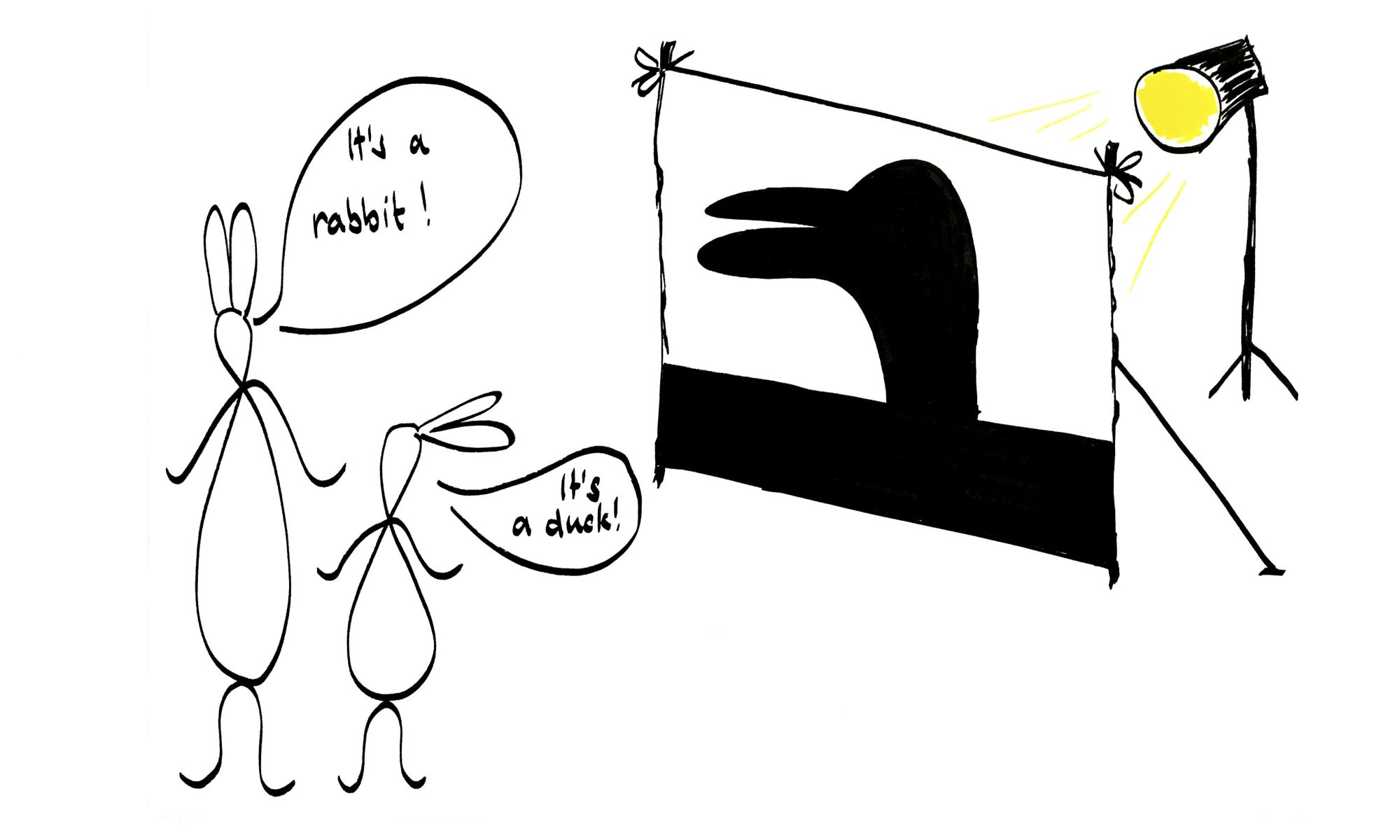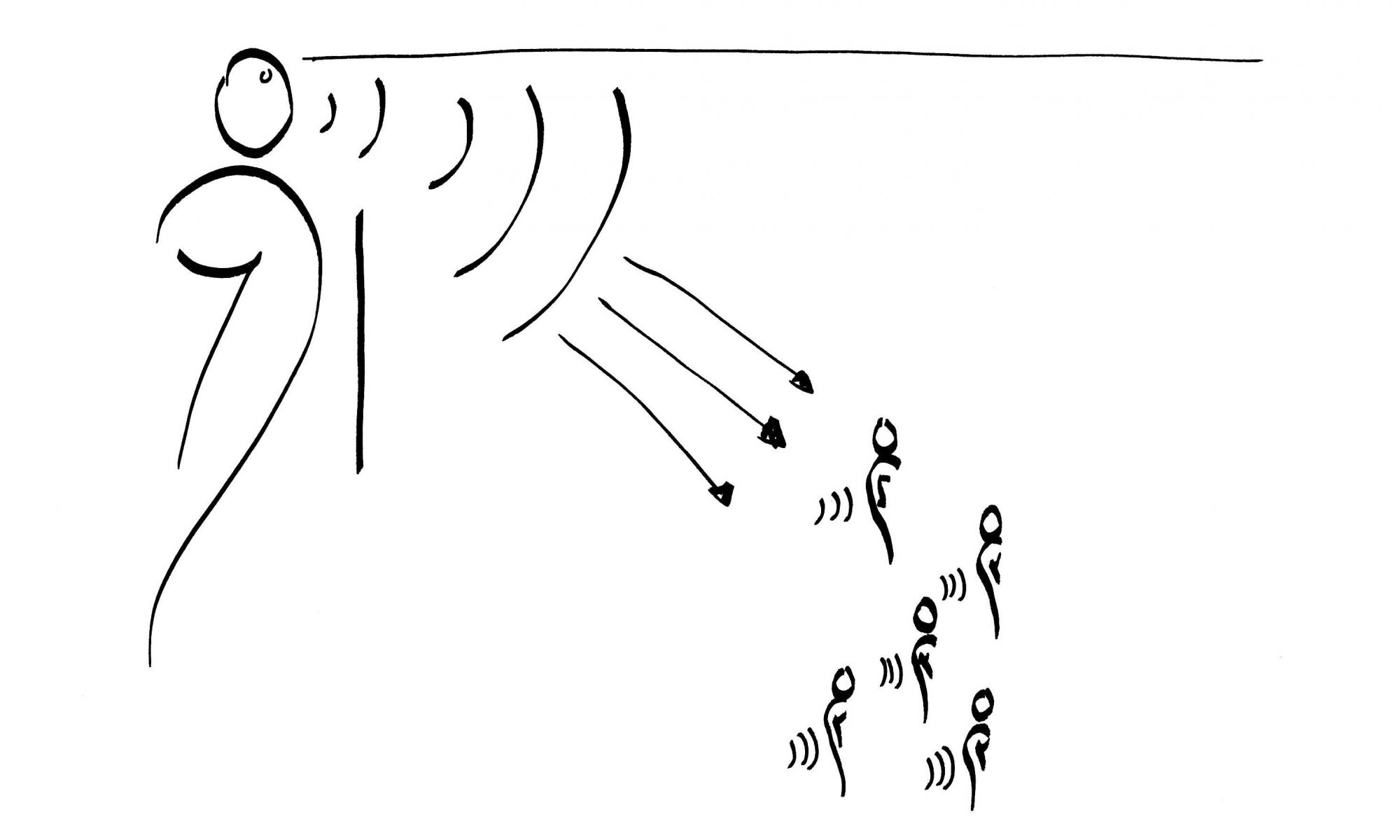The economic struggle makes Scrum at Scale into a money-factor. While doing projects you have to consider what features actually have business value. But value isn’t only a questions of making money. There are other factors that are linked indirectly to money. Or that are even not at all connected to it.
„How to measure value“ weiterlesen
Kommunikation im agilen Umfeld: Aktuelle Herausforderungen und Lösungsansätze
Unser Workshop an der LAS 2017 ist auf grosses Interesse gestossen. Wir haben dort die Frage aufgeworfen, was den Herausforderungen und Lösungsansätze sind im Bezug auf die Kommunikation im agilen Kontext. „Kommunikation im agilen Umfeld: Aktuelle Herausforderungen und Lösungsansätze“ weiterlesen
Talking about bad news
How good are you in telling people bad news? The better you can talk about problems the better the solutions will be. Agile values value bad news and help you talking about them.
„Talking about bad news“ weiterlesen
Agile Communication and Soft Skills
It is a known fact that personal communication is a key to success in agile environments: You need to communicate to collaborate and self-organize as a team. That means: You need to have certain soft skills, especially social und and communicative competencies.
„Agile Communication and Soft Skills“ weiterlesen
Scrum in higher education (Part III): What I’ve learnt from working with Scrum
I let my Students at a University of Applied Sciences work with Scrum for one semester. My learning is, that you can apply Scrum in very different contexts, because its simple rules make self-organization feasible and the transparency gives a good bases for communication.
„Scrum in higher education (Part III): What I’ve learnt from working with Scrum“ weiterlesen
Scrum in higher education (Part II): How my students worked with Scrum
My students at a University of Applied Sciences in economics worked with Scrum for one semester to produce concepts and texts for corporate communication for their fictional companies.
„Scrum in higher education (Part II): How my students worked with Scrum“ weiterlesen
Cross-Functional Teams and Diversity
Reading about agile, self-organizing teams I often think that diversity isn’t understood to its full potential. The Scrum Guide states that teams have to be cross-functional in order to „have all competencies needed to accomplish the work“ (Schwaber & Sutherland, 2016, p. 5). Most of the time „the work“ is addressed to be software development and testing. Diverse teams can do a lot more than that, as Management 3.0 suggests. But what is diversity?
„Cross-Functional Teams and Diversity“ weiterlesen
Blinde Flecken – Blind Spots
[with english summary] Ich stelle immer wieder fest, das Menschen grosse Mühe damit haben, Beobachtungen und Bewertungen voneinander zu trennen. Das hat zum einen etwas mit persönlicher Betroffenheit zu tun, zum anderen auch damit, dass wir uns zu wenig darin üben, diese beiden Dinge zu unterscheiden. Gerade für Feedback und für Coaching scheint es mir wichtig, sich des Unterschieds bewusst zu sein.
„Blinde Flecken – Blind Spots“ weiterlesen
What stings sticks
[Deutsche Zusammenfassung] When do you really and consciously change? Willingly? I change willingly when I unexpectedly detect something I do that hinders me. Within a second I realize a pattern, that before was hiding in a blind spot and from that moment on I am uncomfortable with it. Detecting such things and overcome them makes me more efficient and effective because I stop to impede myself. How could we implement such reflection into everyday life?
„What stings sticks“ weiterlesen
Agile communication vs Small Talk tactics
[mit deutscher Zusammenfassung] Last week I wrote about Small Talk and about being open to mean it, when you ask someone how they are. This aspect isn’t restricted to small talk. It’s about what agile communication is: Openness and honesty, interaction and authenticity. How can you be all that if your interactions are reduced to superficiality?
„Agile communication vs Small Talk tactics“ weiterlesen
